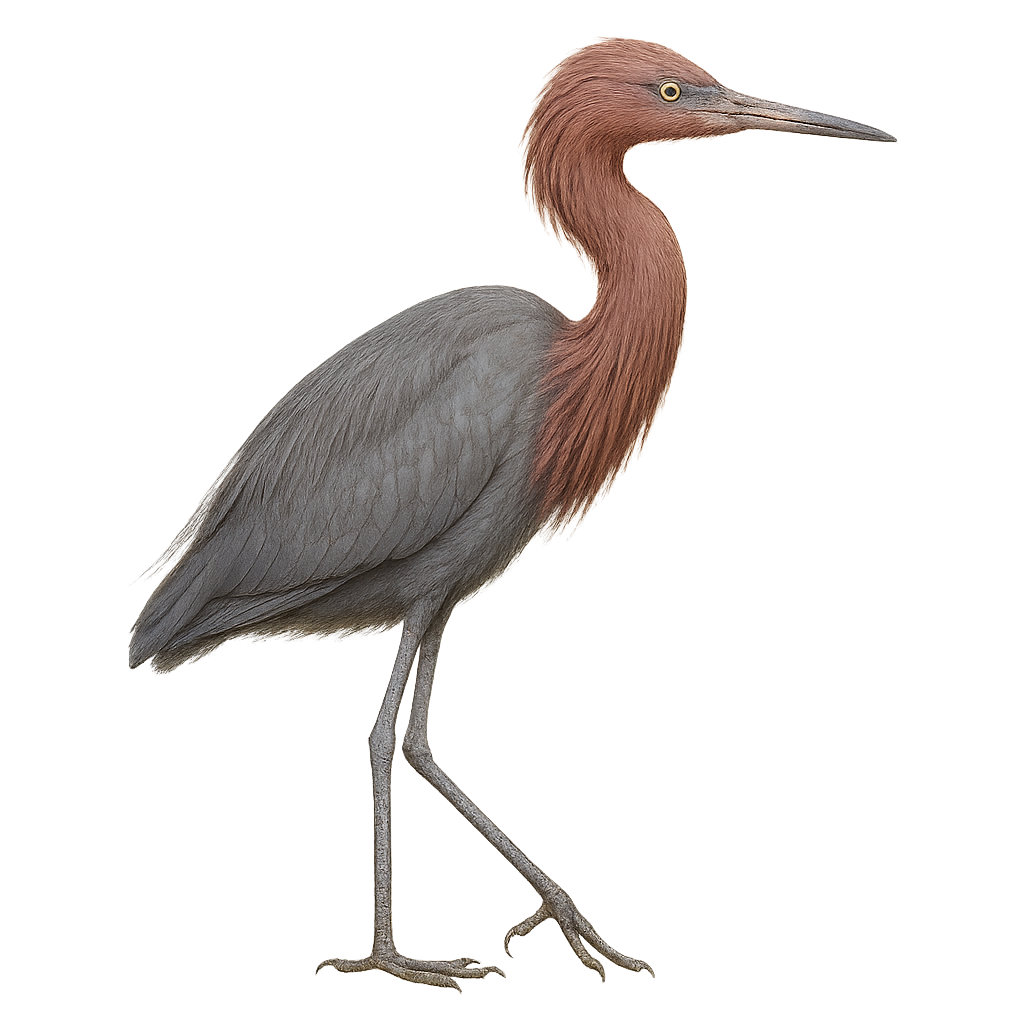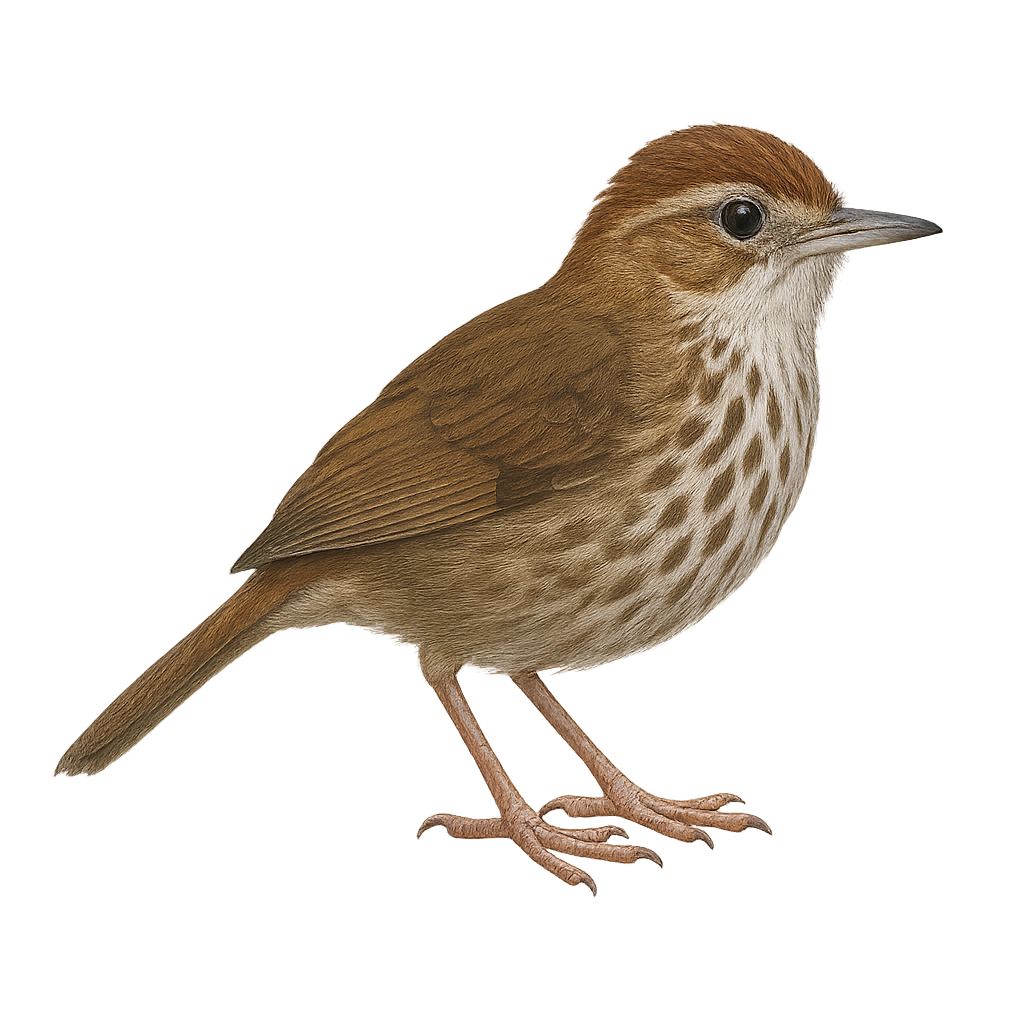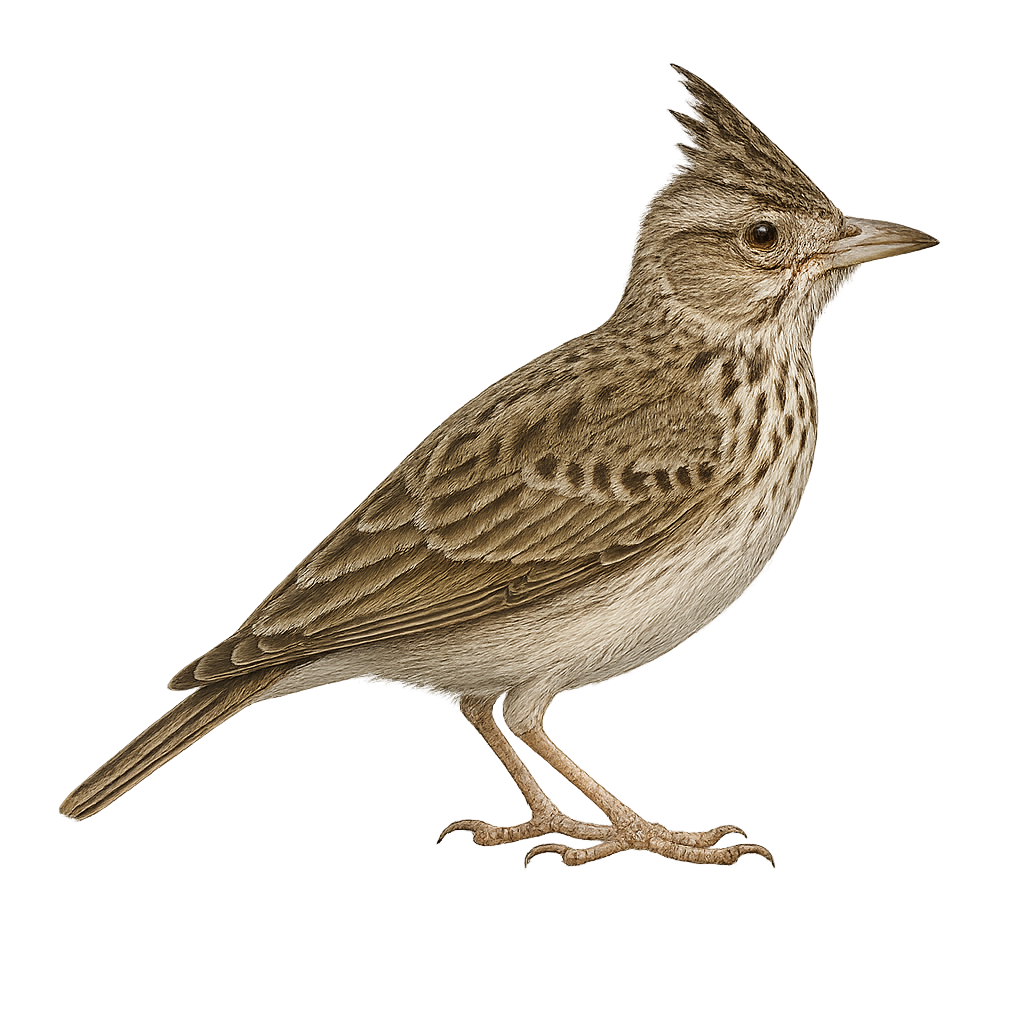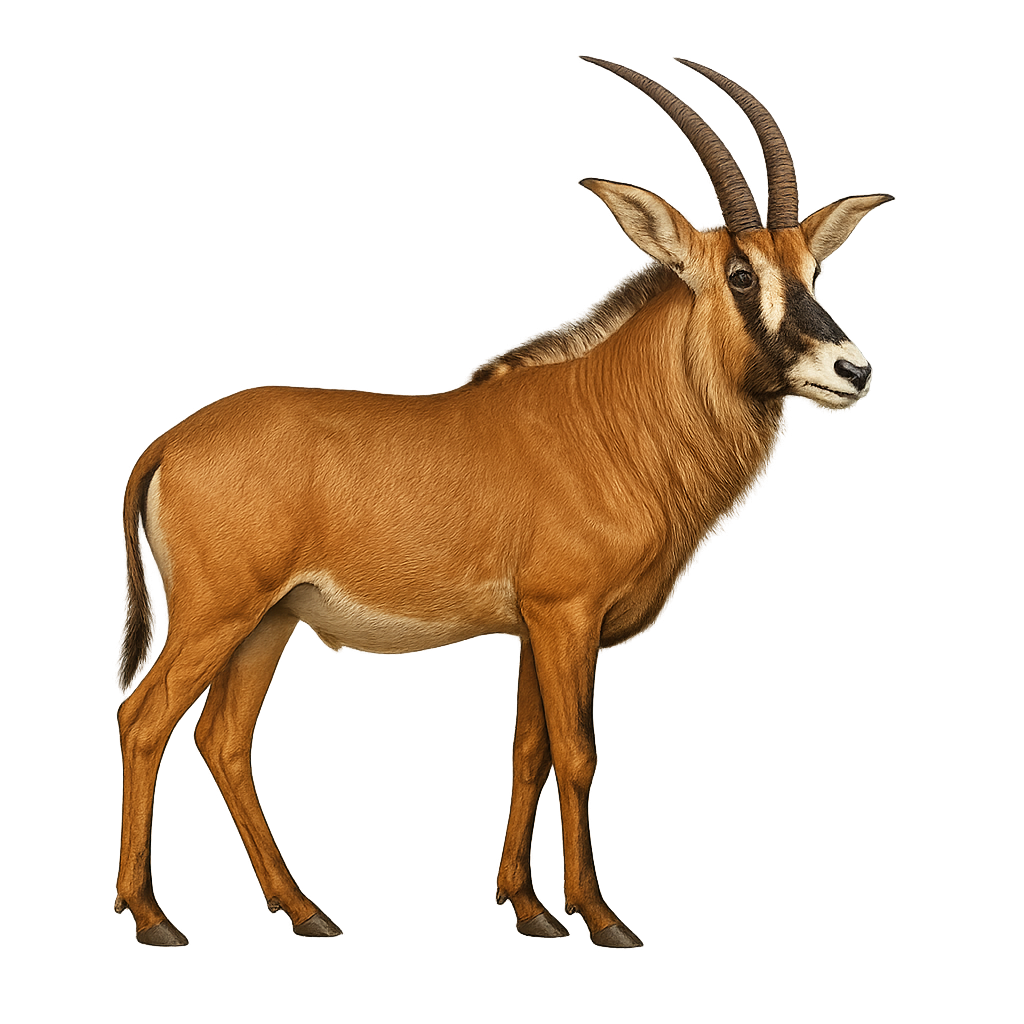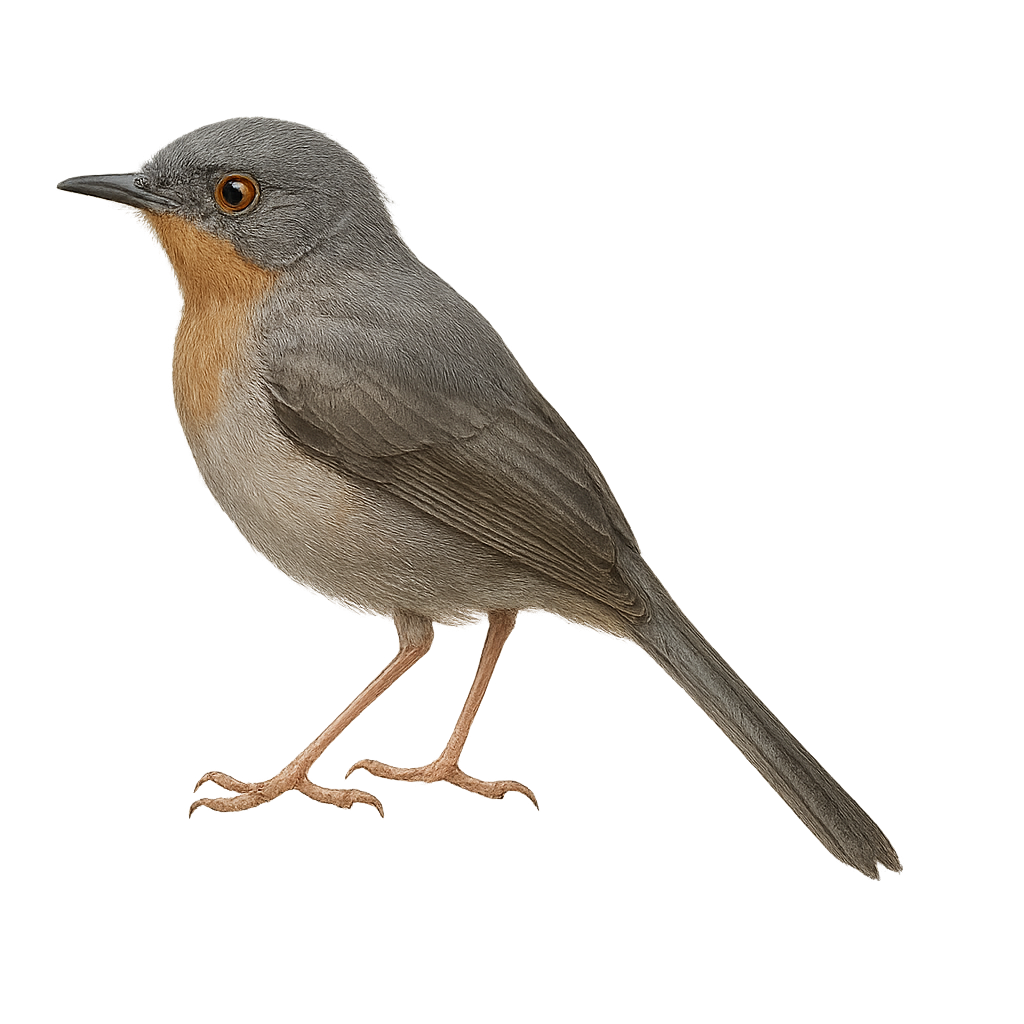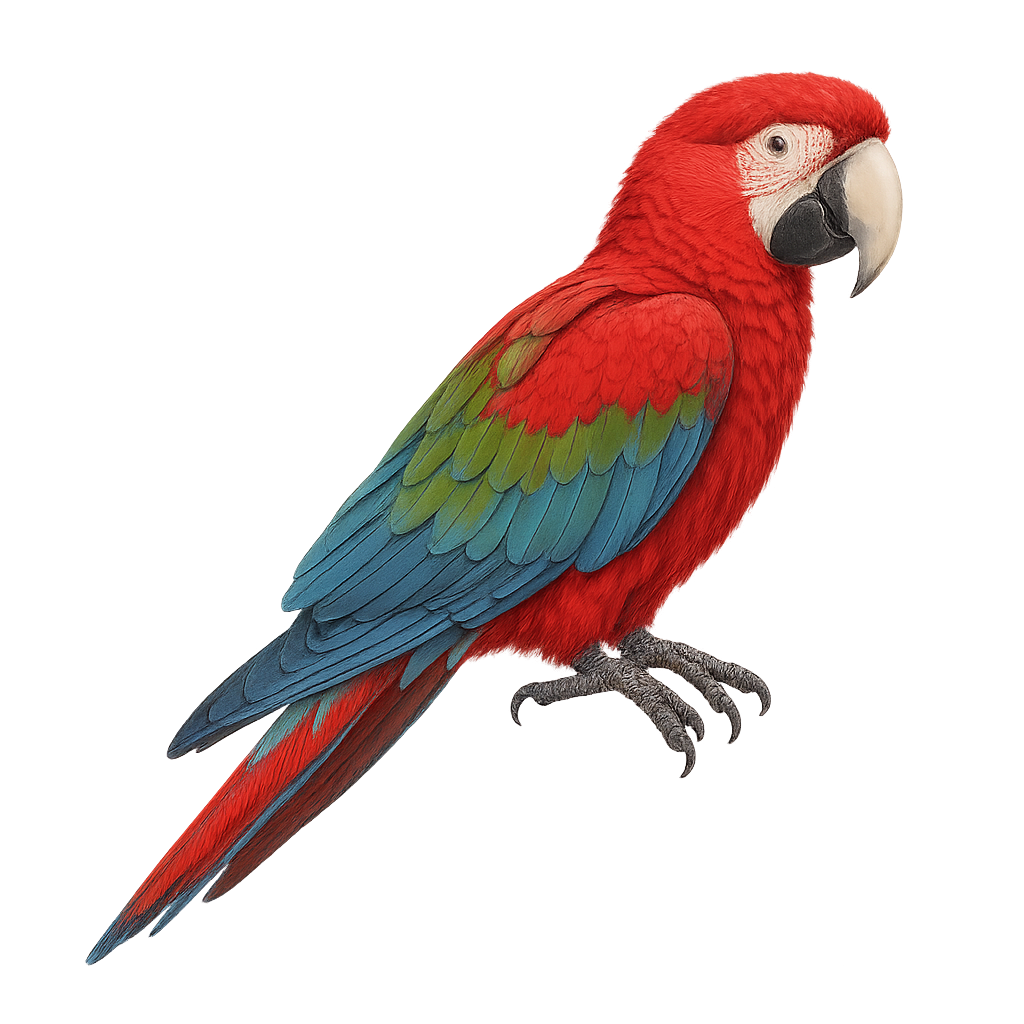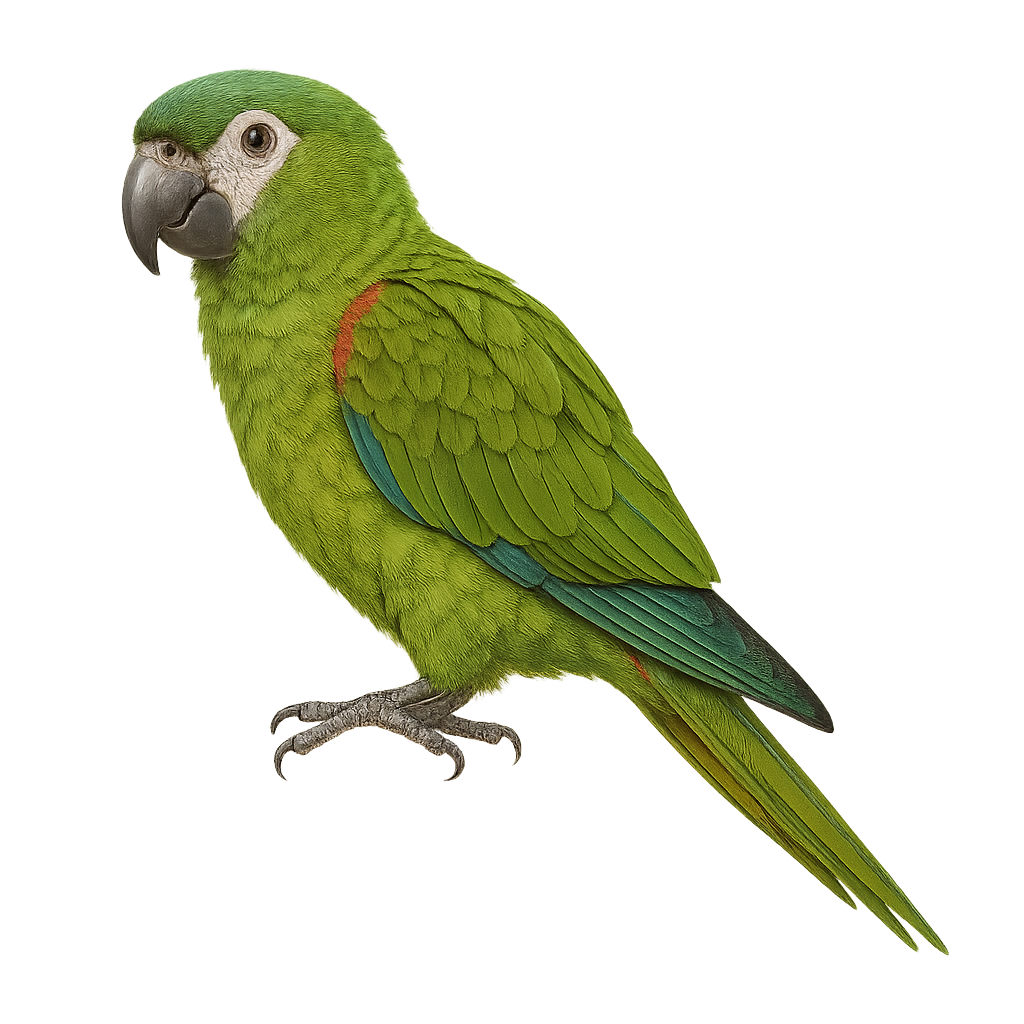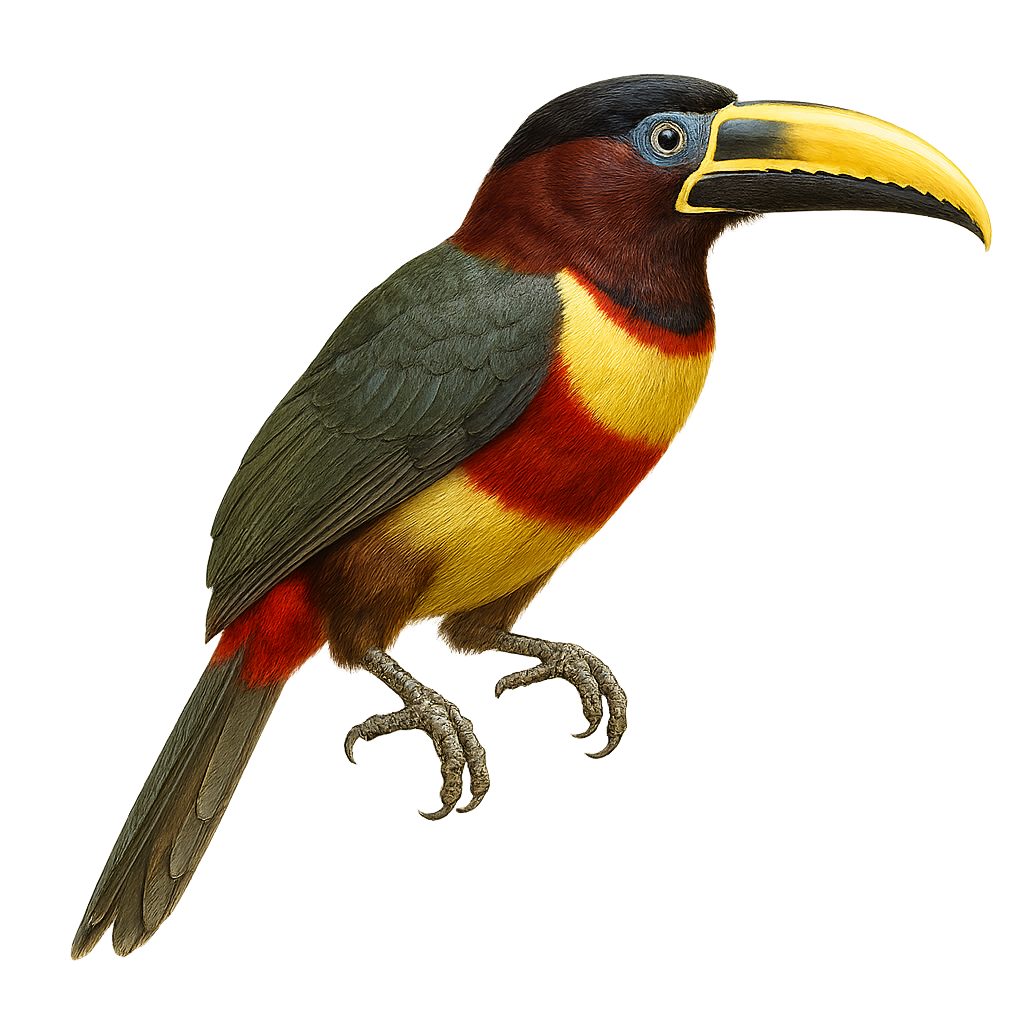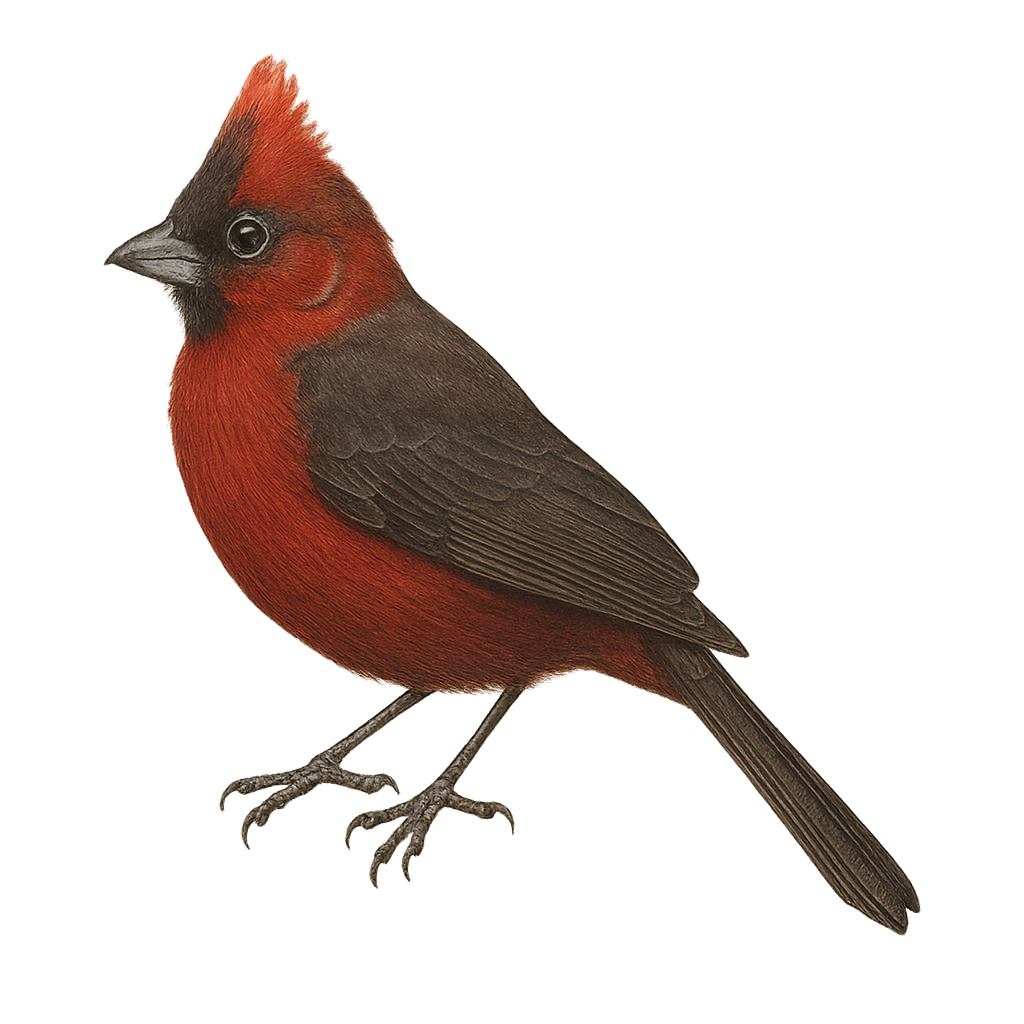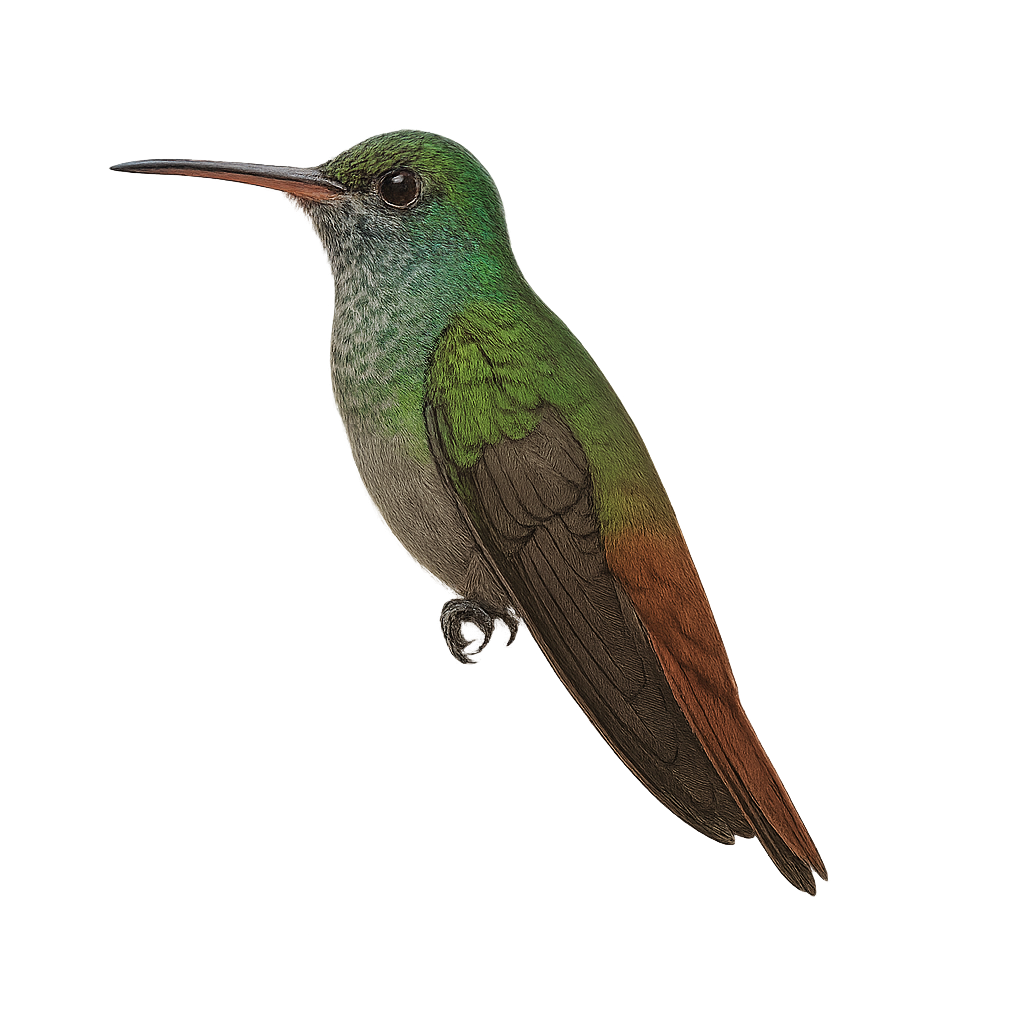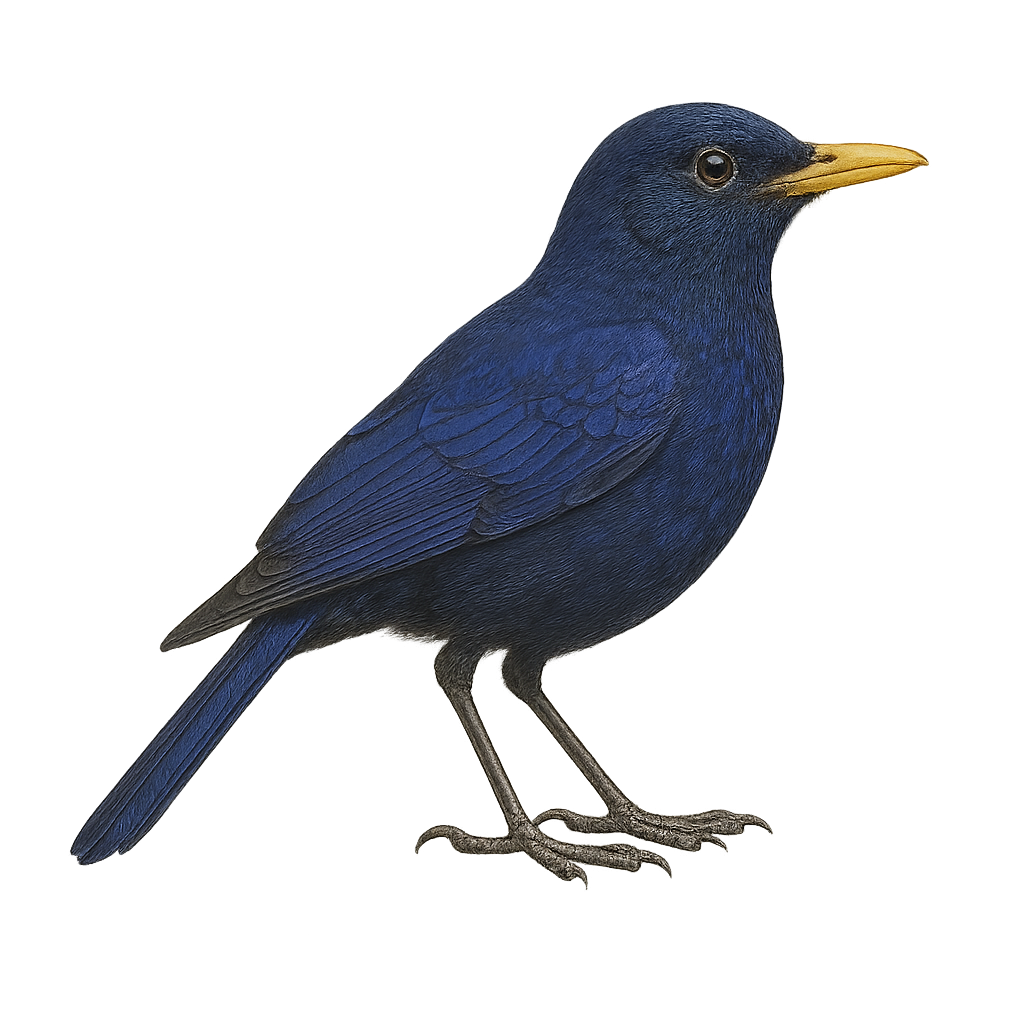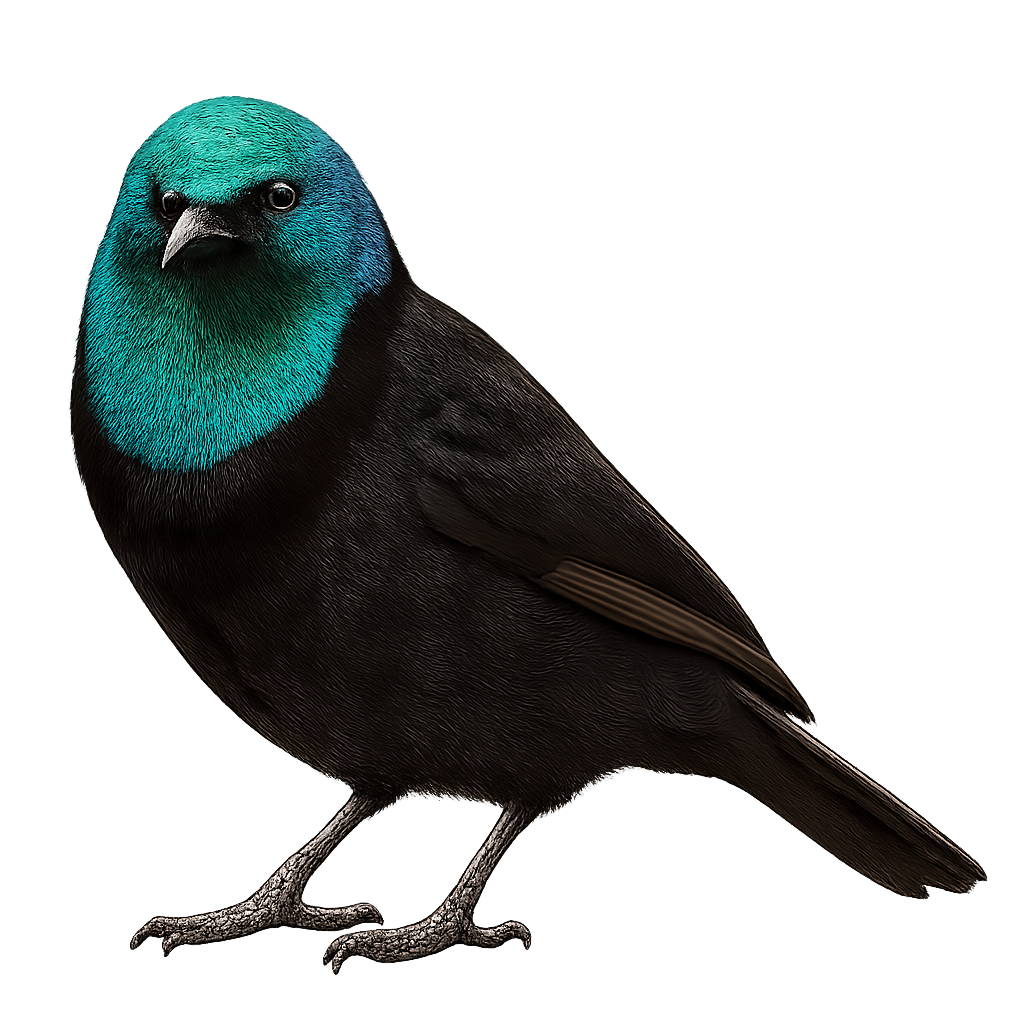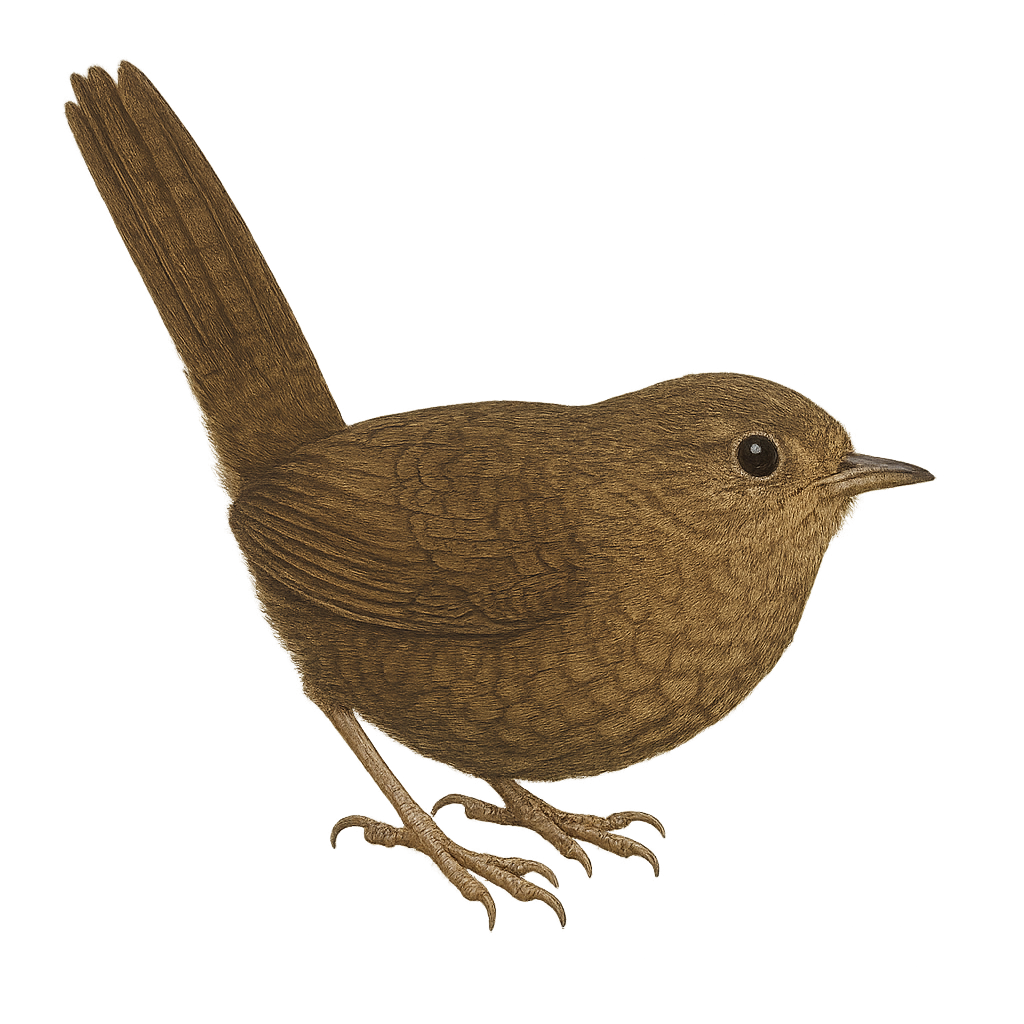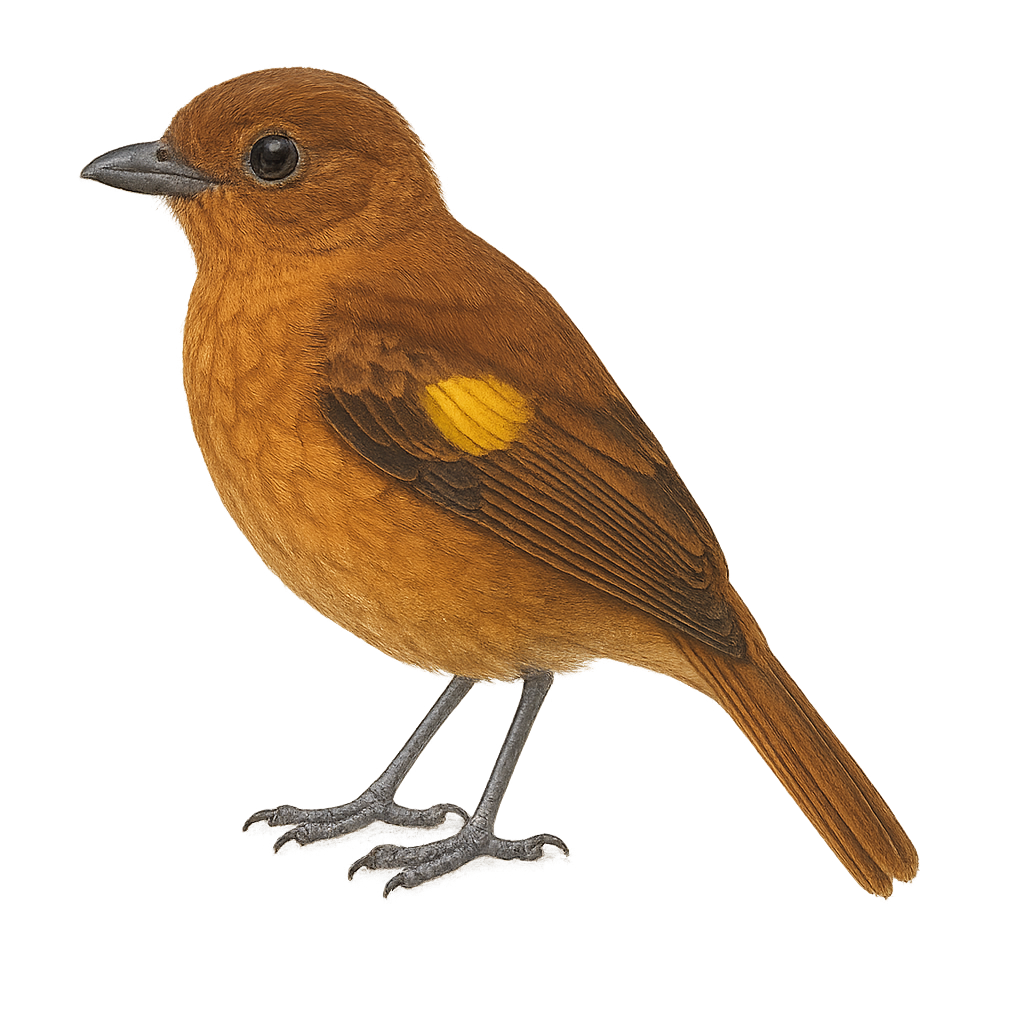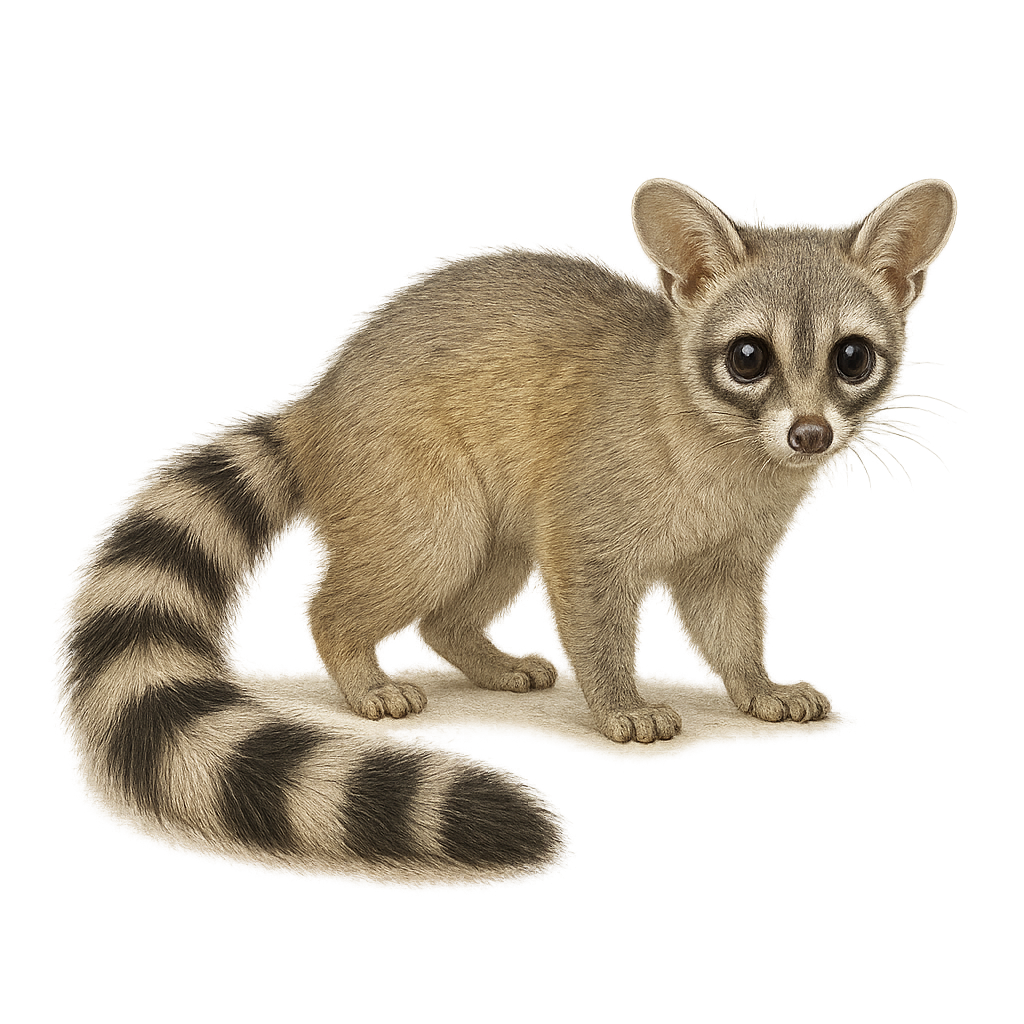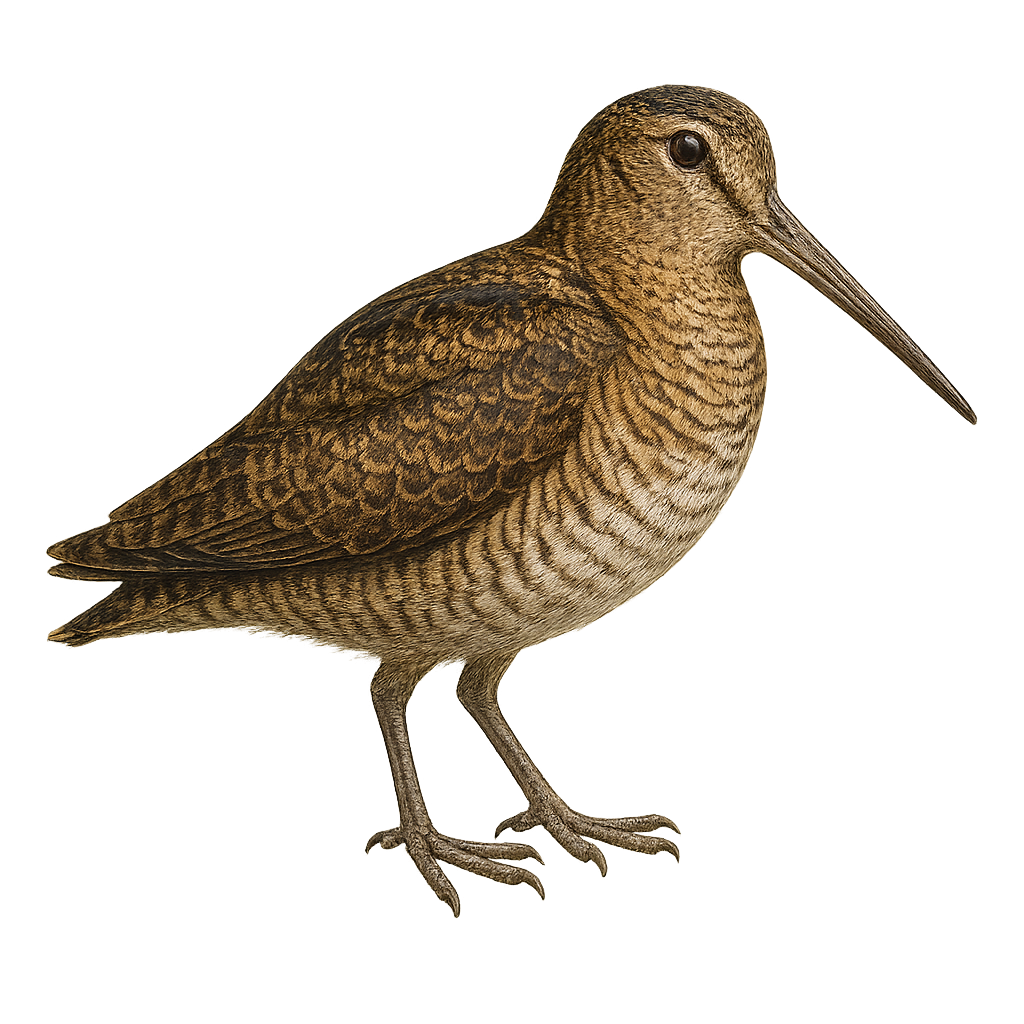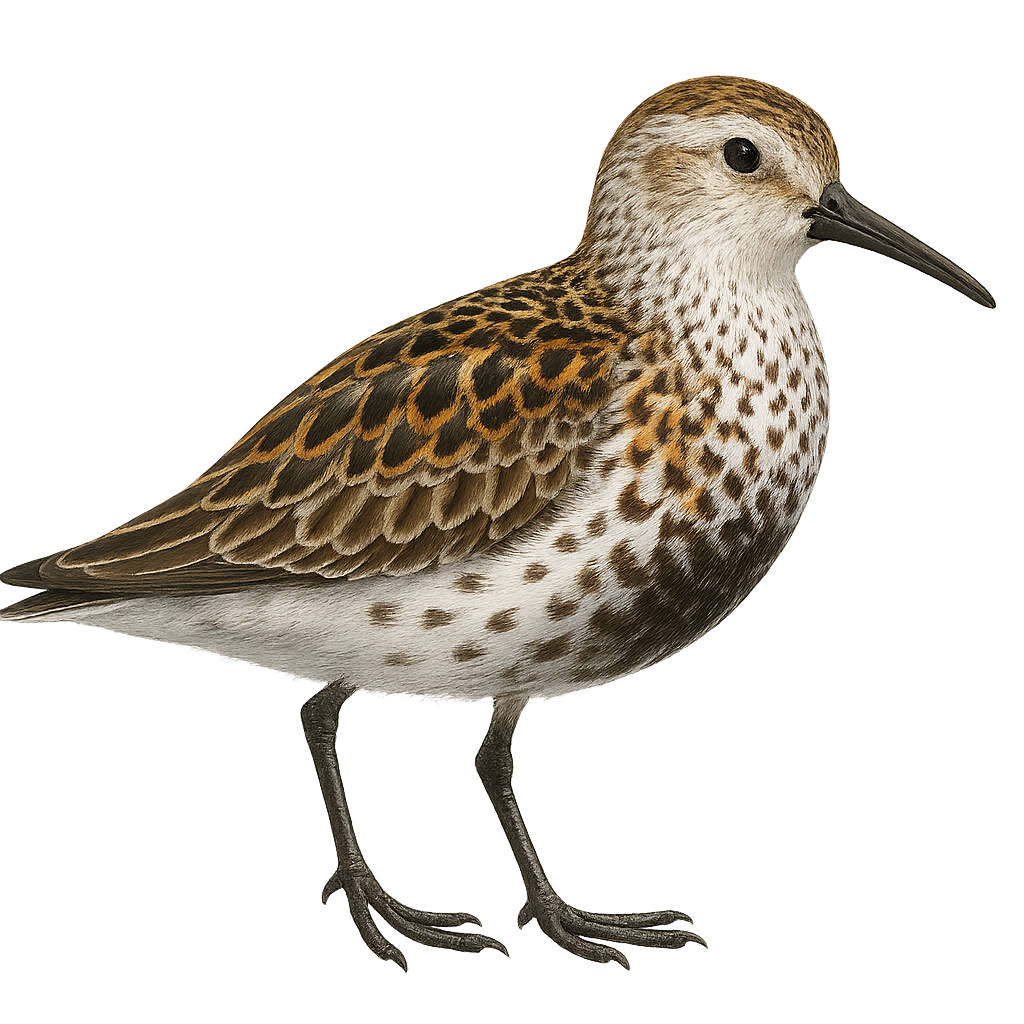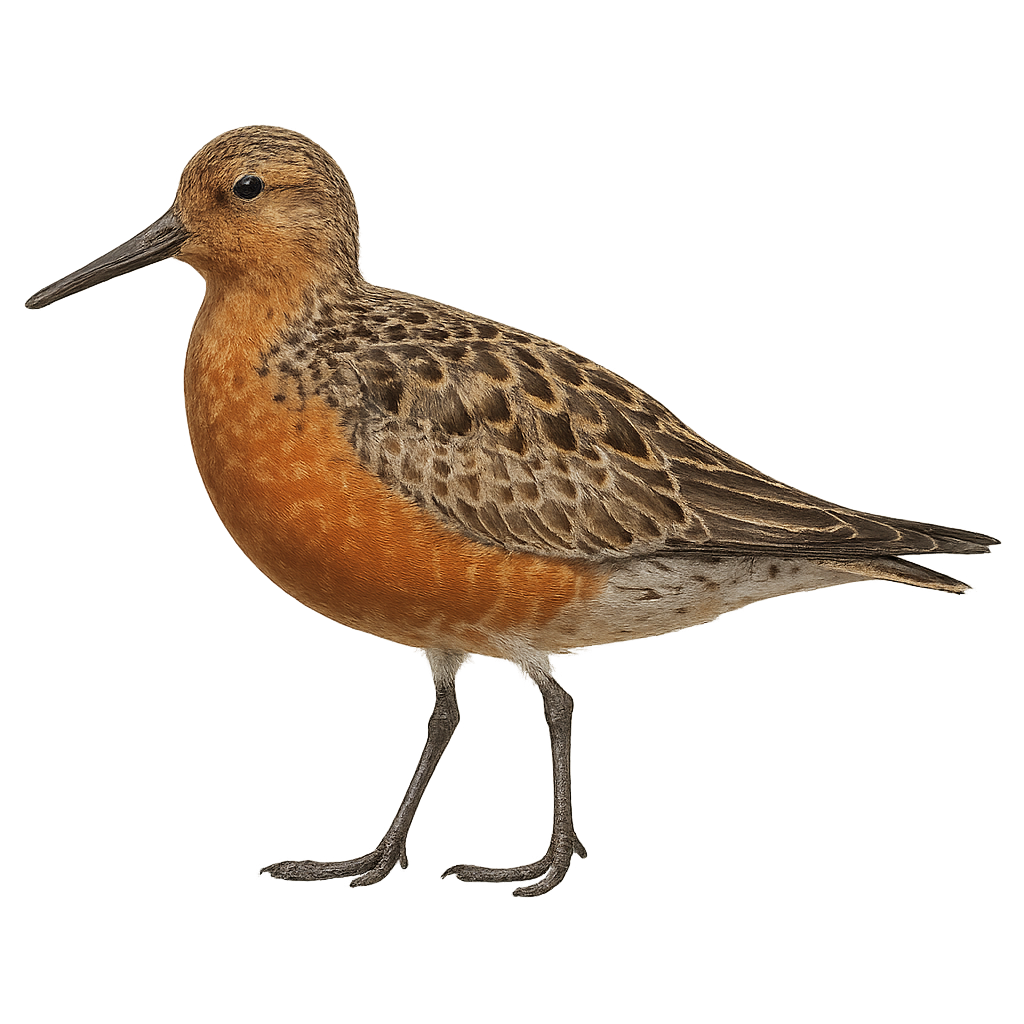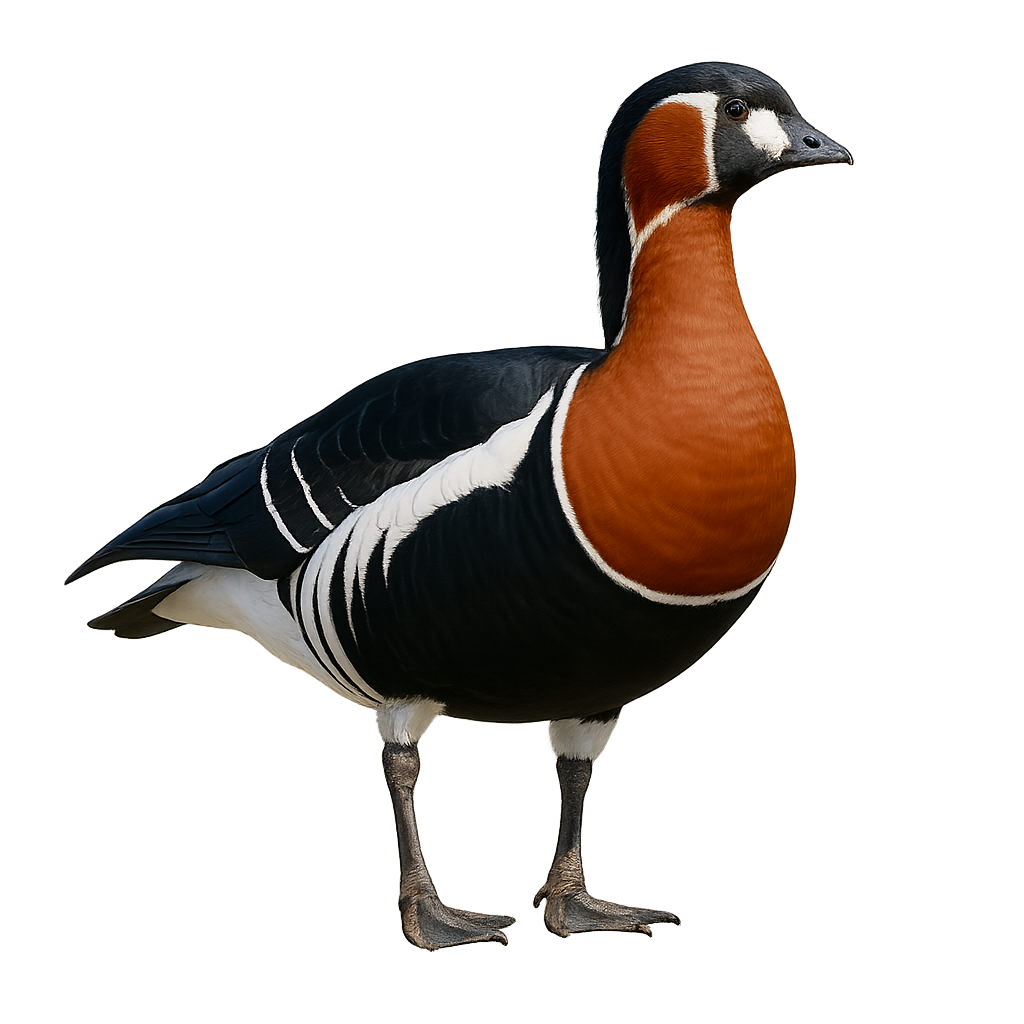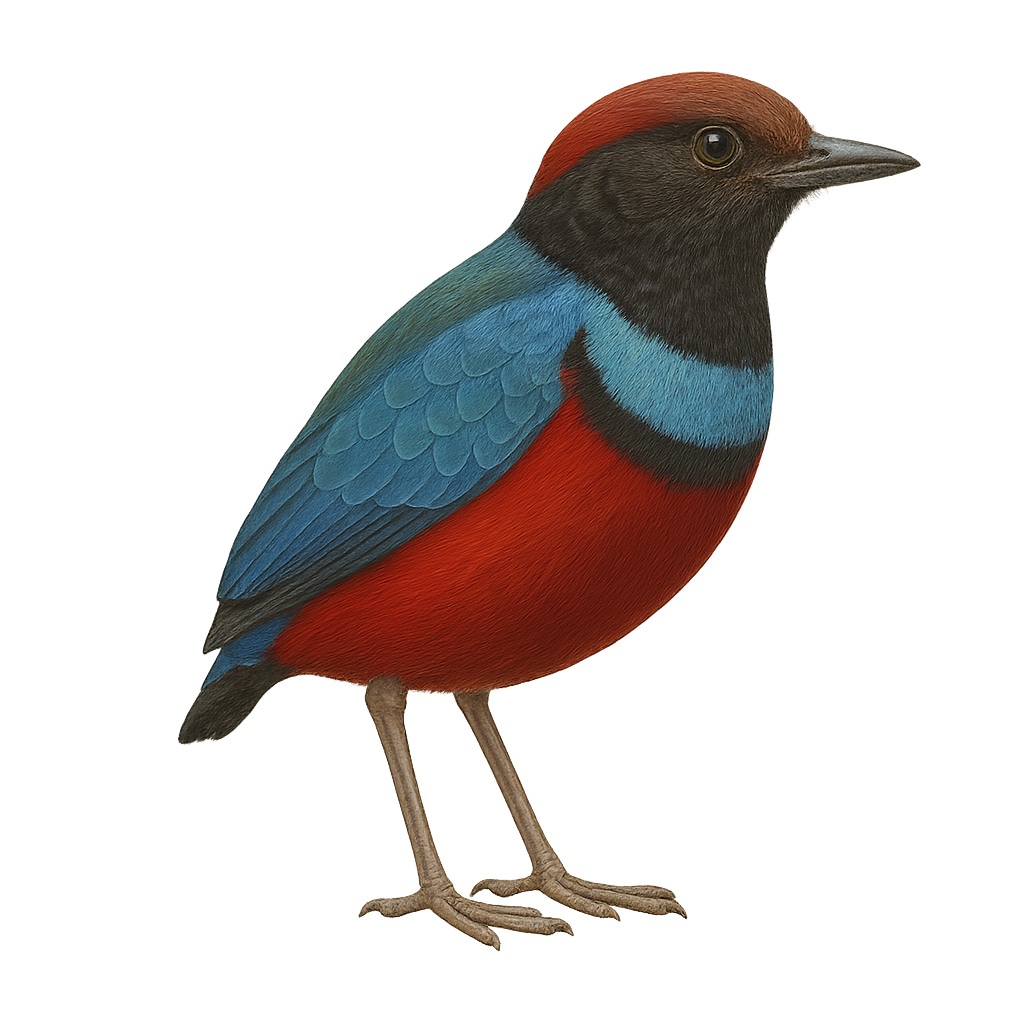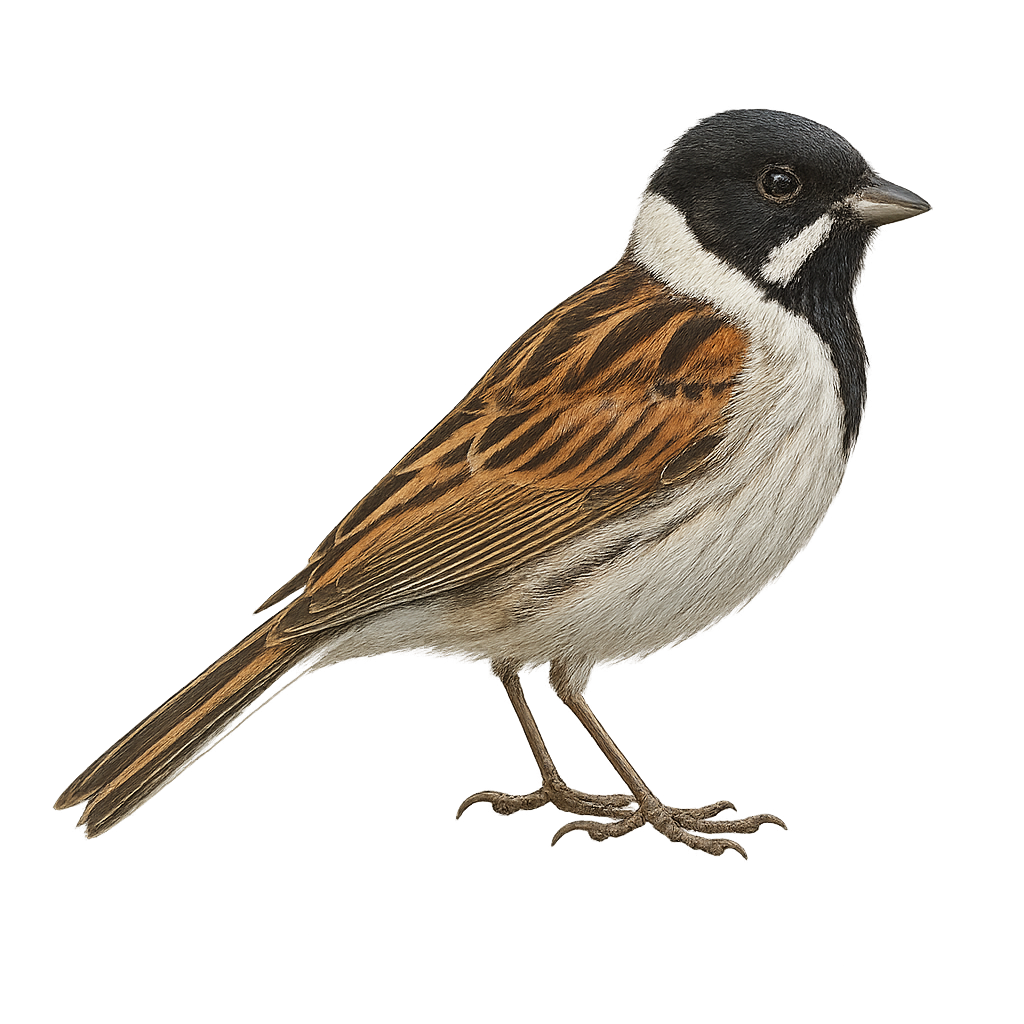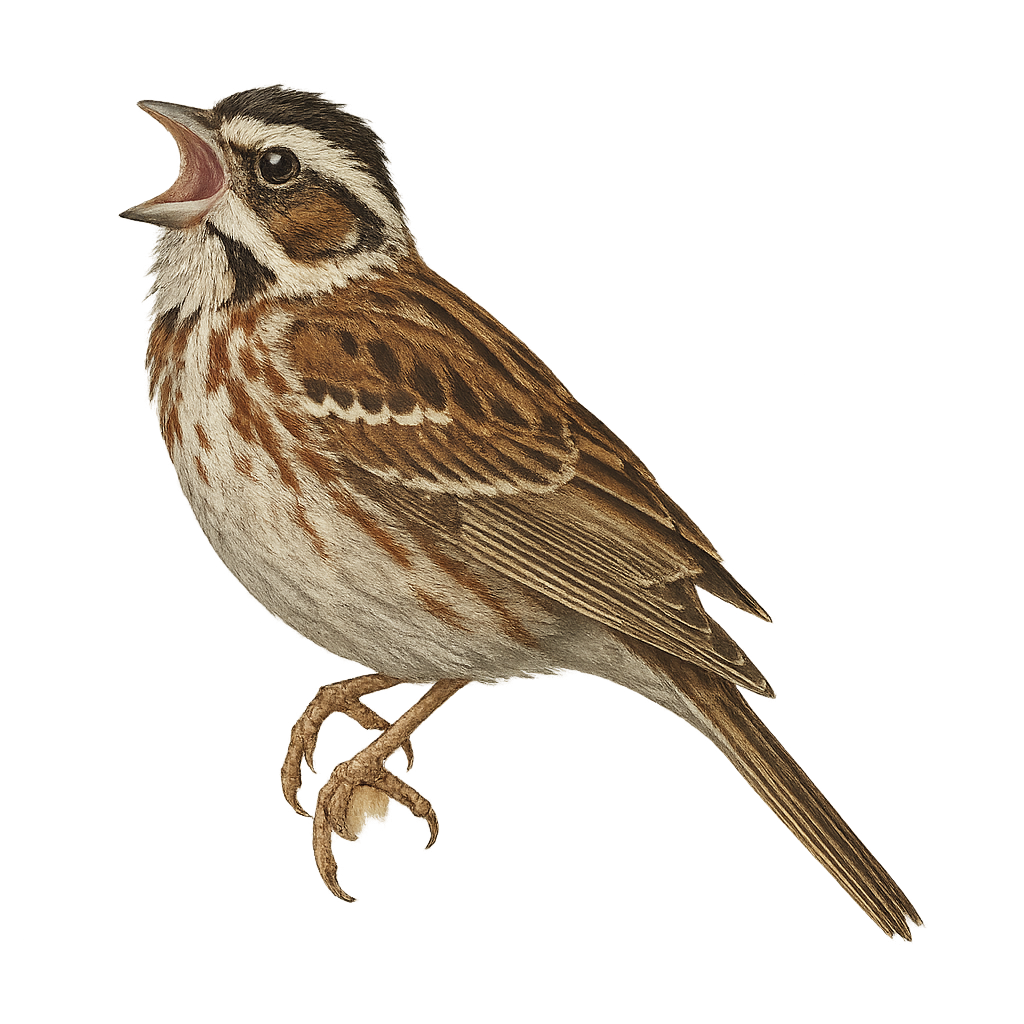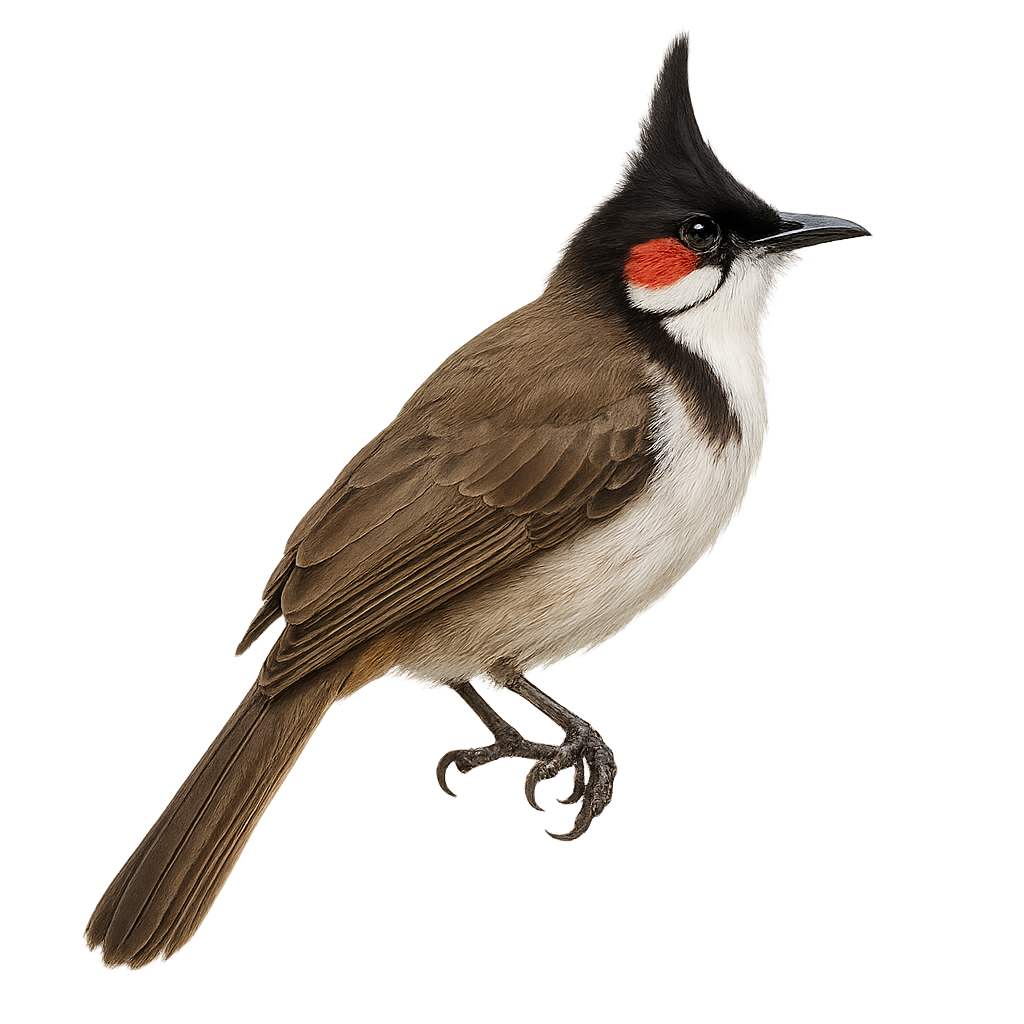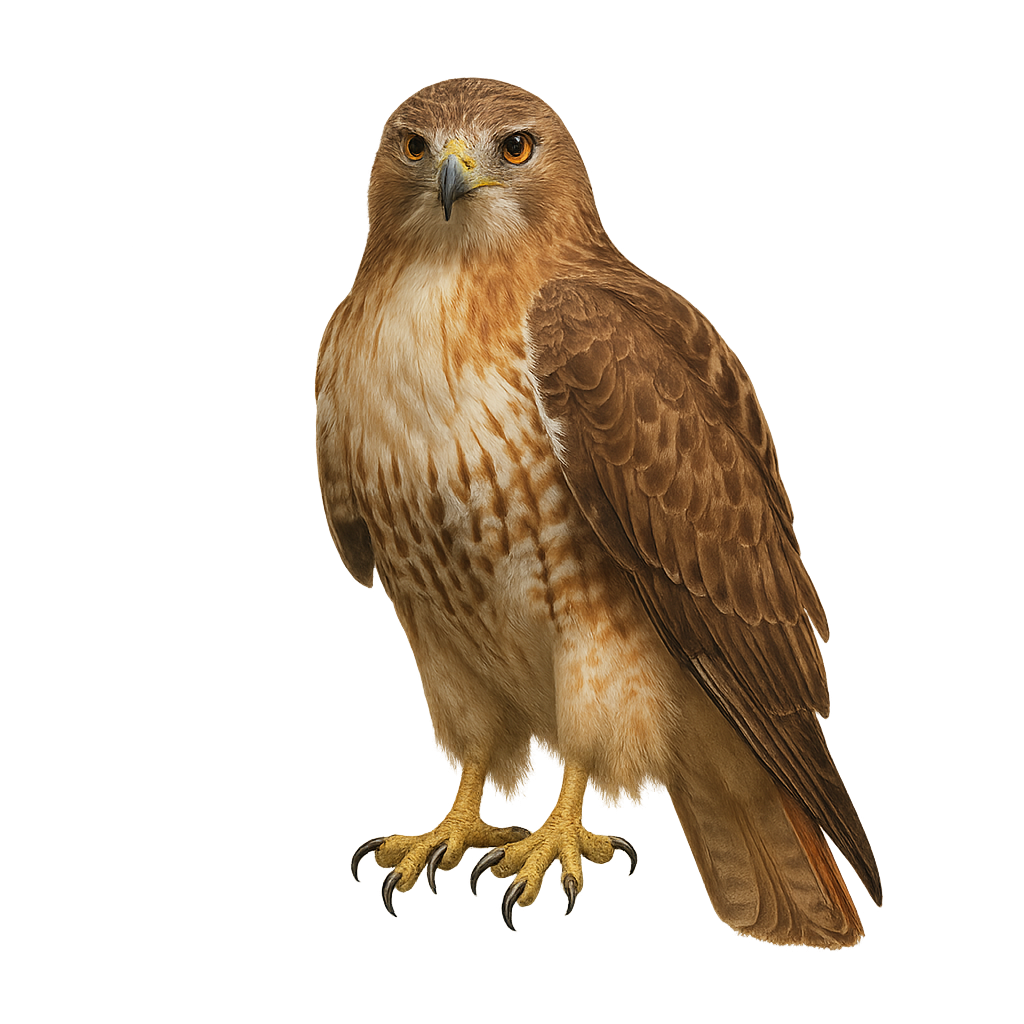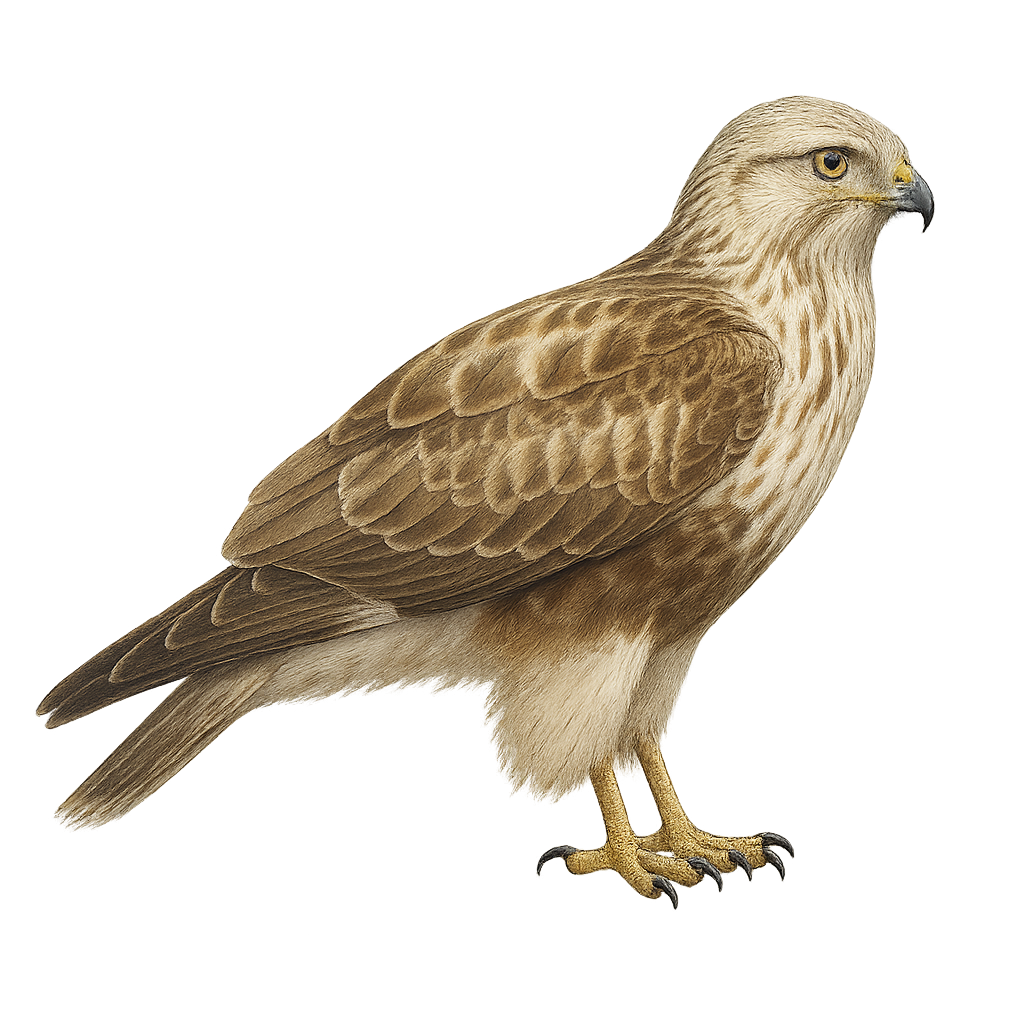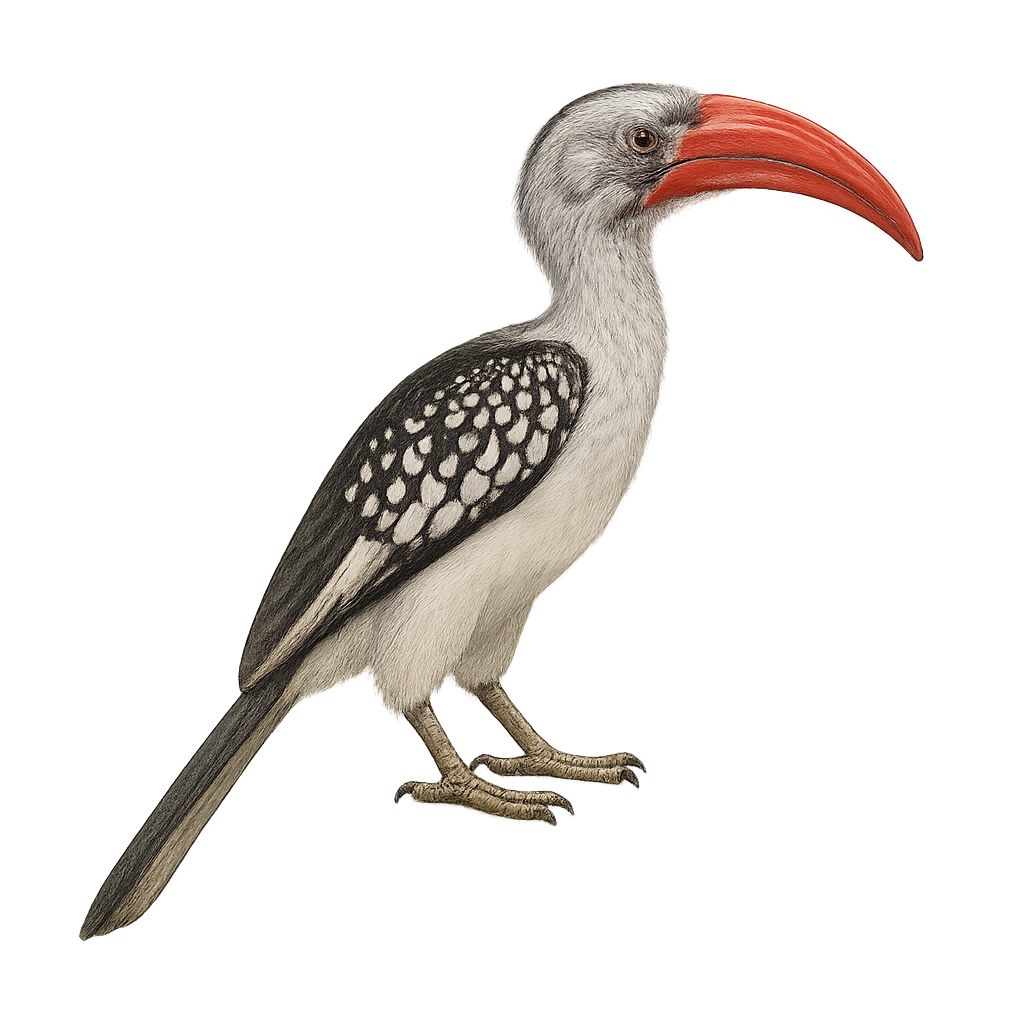The Golden Eagle is one of the most majestic raptors, easily recognized by its golden-brown plumage and imposing silhouette. This large eagle is widely distributed across the Northern Hemisphere, from the mountains of Europe and Asia to the more arid regions of North America. It primarily hunts medium-sized mammals but can also target larger birds. The Golden Eagle is a solitary bird, known for its flying prowess and its ability to cover great distances in search of food.
During the breeding season, the Golden Eagle performs spectacular courtship displays, where males execute aerial acrobatics to impress females.
The Reddish Egret, Egretta rufescens, is an elegant and distinctive bird known for its unique plumage and dynamic hunting behaviors. It exhibits two color morphs: a dark form with slate-gray body and rufous head, and a white form that is entirely white. This bird is primarily found in coastal areas of the Americas, frequenting salt marshes, lagoons, and mangroves. Its hunting behavior is particularly fascinating, as it often runs after its prey with wings spread, creating shadows to lure fish. Although its conservation status is concerning, it remains an iconic species of coastal ecosystems.
The Rufous-headed Babbler, or Pellorneum ruficeps, is a small, elusive bird found primarily in the tropical forests of Southeast Asia. Its distinctive rufous head contrasts with its dull brown body, allowing it to blend seamlessly into its wooded surroundings. This bird prefers dense undergrowth where it can move stealthily in search of insects and small invertebrates. Although often heard due to its melodious song, it is rarely seen as it hides in thick foliage. The Rufous-headed Babbler is a social bird, often observed in small groups, and plays a crucial role in the ecosystem by controlling insect populations.
The Royal Albatross is one of the largest and most majestic species of albatross, easily recognizable by its long, tapered wings that can span up to 3 meters. This seabird, which frequents the Australian and Antarctic oceans, is a master of gliding flight, capable of covering vast distances without flapping its wings. The Royal Albatross hunts fish and squid, which it captures with great precision by diving from the air.
During the breeding season, the Royal Albatross performs complex courtship dances to attract a mate, an impressive display that reflects the majesty of this bird.
The Alauda razae, commonly known as the Razo Skylark, is a bird species endemic to the island of Razo in the Cape Verde archipelago. This medium-sized bird, with its light brown plumage streaked with black, is perfectly adapted to its insular environment. It is known for its melodious and complex song, often performed in flight. The Razo Skylark is a terrestrial bird that prefers the open and arid areas of the island, where it primarily feeds on seeds and insects. Unfortunately, this species is critically endangered due to habitat loss and predation by introduced species. Conservation efforts are underway to protect this unique bird and its fragile habitat.
The roan antelope, Hippotragus equinus, is a large African herbivore known for its reddish-brown coat and long, ringed horns. It primarily inhabits the savannas and wooded grasslands of sub-Saharan Africa. Males are slightly larger than females, reaching up to 1.5 meters at the shoulder and weighing around 300 kg. Both sexes have horns that can grow up to a meter long. The roan antelope is a gregarious animal, living in small herds led by a dominant female. It is known for its wary nature and ability to vigorously defend its young from predators.
The Rufous-throated Apalis is a small passerine bird belonging to the Cisticolidae family. It is primarily found in the tropical and subtropical forests of Central and East Africa. This bird is distinguished by its reddish throat, which contrasts with its white belly and olive-grey back. The wings and tail are generally darker, providing a nice contrast with the rest of the plumage. The Rufous-throated Apalis is an active bird, often observed in small groups or pairs, moving quickly through foliage in search of insects and spiders. Its song is a soft, melodious trill, often heard before the bird is seen. Although not considered threatened, deforestation and habitat loss pose potential threats to its populations.
The Red-and-green Macaw, scientifically known as Ara chloropterus, is a large parrot species native to the tropical rainforests of South America. It is renowned for its striking red plumage, complemented by green and blue on its wings and tail. These macaws are highly intelligent and social, often seen in pairs or small family groups. They feed primarily on fruits, nuts, and seeds. With a length of about 90 to 95 cm and a wingspan that can be quite impressive, they are a sight to behold. In captivity, they can live up to 50 years, making them a long-term commitment for bird enthusiasts.
The Red-shouldered Macaw, or Diopsittaca nobilis, is a small, colorful parrot native to South America. It is distinguished by its bright green plumage, red shoulders, and black beak. Measuring about 30 cm in length, it is one of the smallest macaws. Its natural habitat includes tropical forests, savannas, and wooded areas. The Red-shouldered Macaw is known for its intelligence and ability to mimic sounds. It lives in social groups and primarily feeds on seeds, fruits, and nuts. Although often kept as a pet, it requires special attention and a stimulating environment to thrive.
The Red-necked Aracari, or Pteroglossus bitorquatus, is a colorful bird from the Ramphastidae family, native to the tropical rainforests of South America, particularly Brazil. It is distinguished by its vibrant plumage, with a black head, bright red neck, and olive-green body. Its long, curved bill, typical of toucans, features colorful patterns. This bird measures about 35 to 40 cm in length and weighs between 150 and 200 grams. It lives in small groups and primarily feeds on fruits, but also insects and small vertebrates. The Red-necked Aracari plays a crucial role in seed dispersal, thus contributing to forest regeneration.
The Red-crested Finch, or Coryphospingus cucullatus, is a small, colorful bird primarily found in South America. It is easily recognizable by its bright red plumage on the head and upper body, contrasting with darker shades on the wings and tail. This bird prefers open habitats such as savannas, shrublands, and forest edges. It is often seen in small groups, feeding on seeds and insects. The Red-crested Finch is a diurnal bird, active mainly during the day. It is known for its melodious song and its ability to adapt to various environments, making it a relatively common species within its range.
The Rufous-tailed Hummingbird, Amazilia tzacatl, is a medium-sized bird, measuring about 10 to 12 cm in length. It is easily recognizable by its bright green plumage on the back and head, contrasting with its characteristic rufous belly. Its bill is long and slightly curved, ideal for feeding on flower nectar. This hummingbird is mainly found in Central America and northern South America, where it inhabits tropical forests, gardens, and open wooded areas. It is known for its territorial behavior, aggressively defending its food sources against other hummingbirds. Despite its small size, it is an important pollinator in its natural habitat.
The Robinson's Blue Flycatcher, scientifically known as Myophonus robinsoni, is a captivating bird primarily found in the humid tropical forests of the Malay Peninsula. This passerine is renowned for its striking metallic blue plumage, which contrasts beautifully with its black beak and legs. It is often seen near streams, where it hunts for insects and small invertebrates. The Robinson's Blue Flycatcher's song is melodious and complex, making it a delight for birdwatchers and enthusiasts. Although its habitat is limited, it adapts well to secondary forests and degraded wooded areas. However, ongoing deforestation poses a threat to its natural environment, potentially impacting its population in the long term.
The Ribbon-tailed Astrapia is a fascinating bird endemic to the mountainous forests of Papua New Guinea. Recognizable by its long, ribbon-like white tail, the male displays an iridescent black plumage with green and violet highlights. The female, more discreet, has brownish tones. This bird primarily inhabits tropical rainforests at altitudes between 1800 and 3500 meters. It feeds mainly on fruits, insects, and small animals. Its behavior is rather suspicious, making it difficult to observe. The breeding period is poorly documented, but it is known that the male performs spectacular courtship displays to attract the female.
Native to the mountains of New Guinea, Rothschild's astrapia is a bird with vibrant colors, featuring an outstanding plumage of iridescent green, blue, and purple. The male is particularly spectacular, with a long tail and feathers adorned with bright colors. This bird is primarily frugivorous but also feeds on insects and small animals. Threatened by habitat loss, Rothschild's astrapia is a protected species.
The Rufous Scrub-bird is a secretive and rare bird, endemic to the rainforests of eastern Australia. Small in size, it measures about 17 cm in length and sports a reddish-brown plumage that allows it to blend into its surroundings. This bird is primarily terrestrial, moving stealthily among dense undergrowth in search of insects and other small invertebrates. Its powerful and varied song is often the only clue to its presence, as it is difficult to spot. The Rufous Scrub-bird is monogamous and highly territorial, vigorously defending its space against intruders. Habitat destruction poses a major threat to its survival, leading to its classification as a vulnerable species by the IUCN.
The Rufous-capped Manakin, or Laniocera rufescens, is a captivating bird found in the tropical rainforests of Central America. This small bird, measuring about 15 cm, is notable for its reddish-brown plumage and rufous cap. It is often seen in dense undergrowth, feeding primarily on fruits and insects. The Rufous-capped Manakin is renowned for its elaborate courtship displays, where the male performs intricate dances to attract a mate. Although discreet, this bird plays a crucial role in seed dispersal, aiding in the regeneration of its habitat. Its population is currently stable, but deforestation poses a potential threat to its natural environment.
The Red-necked Avocet is an elegant and distinctive bird, recognizable by its contrasting black and white plumage and its long, upward-curving bill. It primarily inhabits wetlands, salt marshes, and estuaries in Australia. This bird feeds mainly on small aquatic invertebrates, which it captures by sweeping its bill through shallow water. Avocets are often seen in groups, which helps them protect against predators. They are known for their colonial nesting behaviors, where they build simple nests on the ground. Although their population is stable, they are vulnerable to environmental changes, particularly habitat loss due to urbanization and climate change.
The Bassariscus astutus, commonly known as the ringtail, is a small carnivorous mammal native to North America. It is recognizable by its long, ringed tail and gray-brown fur. This small predator is highly agile and adaptable, allowing it to thrive in various habitats, from forests to urban areas. Primarily nocturnal, it feeds on a variety of foods, including fruits, insects, and small vertebrates. Although solitary, it can sometimes be seen in small family groups. Its ability to climb and squeeze into tight spaces makes it a fascinating animal to observe.
The Rosenberg's Woodcock, scientifically known as Scolopax rosenbergii, is a fascinating bird belonging to the Scolopacidae family. It is characterized by its mottled brown plumage, which provides excellent camouflage in its natural habitat. This bird is primarily nocturnal and crepuscular, making it difficult to observe. It inhabits dense, humid forests, often at altitudes between 1000 m and 2000 m. The Rosenberg's Woodcock is known for its suspicious behavior, making it even harder to approach. It primarily feeds on invertebrates, which it probes from the soil with its long bill. Although its conservation status is not of concern, it remains a little-studied and mysterious species.
The Rock Sandpiper, Calidris ptilocnemis, is a medium-sized shorebird, measuring about 20 to 22 cm in length. It is identifiable by its brownish-gray plumage with scaly patterns on the back and streaked breast. During the breeding season, it displays a more vibrant hue with reddish tones. This bird primarily inhabits rocky coasts and beaches of Alaska and the Russian Far East. It feeds mainly on small invertebrates found by probing the sand or seaweed. A partial migrant, it sometimes winters as far south as California. Its population is stable, although locally threatened by habitat loss and human disturbances.
The Red Knot, or Calidris canutus, is a remarkable migratory bird belonging to the Scolopacidae family. Known for its impressive migrations, it travels thousands of kilometers between its Arctic breeding grounds and its southern hemisphere wintering areas. This medium-sized bird features a distinctive reddish breeding plumage, which becomes duller in winter. It primarily feeds on mollusks, crustaceans, and insects found in mudflats and beaches. The Red Knot plays a crucial role in coastal ecosystems, helping regulate prey populations. Its survival is threatened by habitat loss and climate change, making it a species of conservation concern.
The red-breasted goose is a small migratory goose (55–65 cm wingspan) with contrasting black-and-white plumage and a bright russet breast. It breeds in Arctic coastal tundra near waterways and winters in temperate wetlands of Europe and Asia. During the breeding season, males and females actively defend their nesting territory with head-forward displays and harsh calls.
The Red-bellied Pitta, or Erythropitta erythrogaster, is a colorful and fascinating bird native to the tropical forests of Southeast Asia. Its striking plumage, predominantly red on the belly, contrasts with shades of blue and green on the back and wings, making it a visually impressive sight. This elusive bird prefers dense undergrowth where it primarily feeds on insects and small invertebrates. Although often difficult to spot due to its shy behavior, it is cherished by birdwatchers for its beauty and melodious song. The Red-bellied Pitta plays a crucial role in the ecosystem by controlling insect populations and aiding in seed dispersal.
The reed bunting is a small passerine bird found primarily in wetlands, reed beds, and marshes across Europe, Asia, and North Africa. It is easily recognized by its streaked brown plumage, light belly, and distinctive markings on the head, particularly the black-and-white patterns. This small bird primarily feeds on seeds and insects found in grasses and reeds.
The Rustic Bunting, Emberiza rustica, is a small passerine bird belonging to the Emberizidae family. It is primarily found in coniferous and mixed woodlands across Eurasia. This bunting is characterized by its brown and white plumage, with distinctive head markings, including a black cap and a white stripe above the eye. During the breeding season, the male displays brighter colors to attract females. A migratory bird, it winters in Southeast Asia. The Rustic Bunting is a discreet bird, often difficult to spot due to its shy behavior and dense habitat. Its population is declining, mainly due to habitat loss and climate change.
The Red-whiskered Bulbul, or Pycnonotus jocosus, is a bird with distinctive plumage, recognizable by its pointed black crest and white cheeks adorned with red patches. Its chest is white, contrasting with its brownish belly. This bird is native to Southeast Asia but has been introduced to other parts of the world. It frequents various habitats, from forests to urban gardens. The Red-whiskered Bulbul is a sociable bird, often seen in small groups. Its melodious and varied song is appreciated by bird enthusiasts. Although primarily frugivorous, it also feeds on insects. Its adaptability allows it to thrive in diverse environments.
The Red-tailed Hawk, or Buteo jamaicensis, is a widespread diurnal raptor in North America. It is easily recognizable by its distinctive red tail, although juveniles have a duller tail. Its plumage ranges from dark brown to light brown, with a typically paler belly. This opportunistic predator primarily feeds on small mammals but can also capture birds and reptiles. The Red-tailed Hawk is often seen perched on poles or soaring in circles in the sky. It adapts to various habitats, from forests to open grasslands, and is known for its piercing and distinctive call.
The Rough-legged Buzzard, or Buteo lagopus, is a medium-sized bird of prey known for its feathered legs, which help it endure cold climates. It features a brown plumage speckled with white, with a white tail barred with black. This raptor is often seen hovering, scanning the ground for prey, mainly rodents. It breeds in arctic and subarctic regions but migrates southward in winter. The Rough-legged Buzzard is a solitary bird, although it can be seen in small groups during migration. It prefers open habitats such as tundras, grasslands, and agricultural areas.
The Tockus erythrorhynchus, or red-billed hornbill, is an African bird known for its long, curved red bill. It measures about 42 to 50 cm in length and weighs between 120 and 170 grams. Its plumage is mainly gray with white spots on the wings and a black tail. This bird is often seen in small groups or pairs, feeding primarily on insects, small reptiles, and fruits. It is known for its social behavior and loud calls. The red-billed hornbill is a diurnal bird that prefers savannas, open woodlands, and shrublands. It plays an important role in the ecosystem by controlling insect populations.



